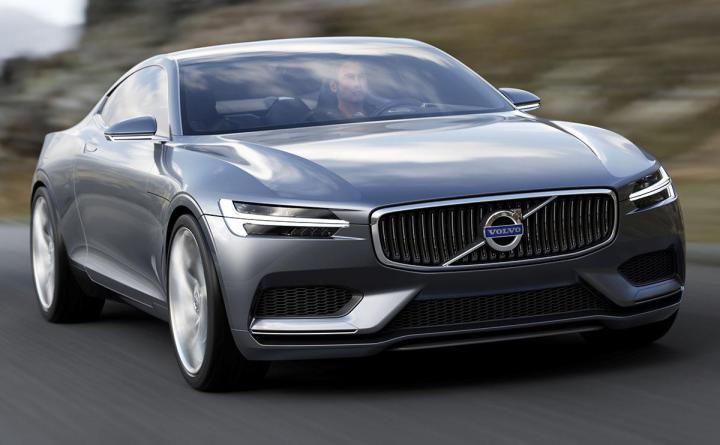
Any thoughts I had about the future fate of Volvo take on a different light after getting a glimpse of the carmaker’s new Concept Coupe unveiled at the Frankfurt Motor Show.
OK, maybe a slightly different take.
Amid some of the challenges the Swedish automaker has faced in recent years in trying to stay relevant, the two-door concept is an indication that we probably shouldn’t count the carmaker out just yet.
Now, don’t get me wrong. The Volvo car, dubbed the “next generation P1800,” isn’t nearly as progressive as some of the other concepts unveiled at Frankfurt − and it’s hardly enough to save the struggling brand. But the coupe is certainly more than worthy of a second look.
Inspired by what Volvo officials describe as a “contemporary, progressive Scandinavian lifestyle elements,” the Concept Coupé is the first of three concepts that will usher in the company’s new Scalable Product Architecture (SPA), according to the company’s official press release.
Company officials say it highlights the future design direction of the next generation of Volvo models, beginning with the XC90, which debuts in 2014.

“The Volvo Concept Coupé is no futuristic dream car. It is designed to demonstrate the capability of our new architecture: the confident stance, the proportions and the most prominent design signatures,” said Volvo’s new Senior Vice President of Design, Thomas Ingenlath. “Even though the all-new XC90 is an entirely different type of car, you will recognize the connection instantly when it is revealed next year.”
Key exterior design elements of the concept include a new face and body that depicts many of the core classic design elements of Volvo in a much more contemporary package accented by details like the new T-shaped daytime running lamp light guides.
Interior appointments include a new handcrafted leather instrument panel, inlays made of naturally aged wood and machined metal details. The concept also features a new large portrait touch-screen in the center console with an adaptive digital display and head-up display in front of the driver.

Of course, it’s going to take more than a high-performance cool concept to curb the troubles over at Volvo, but this is definitely a step in the right direction.


